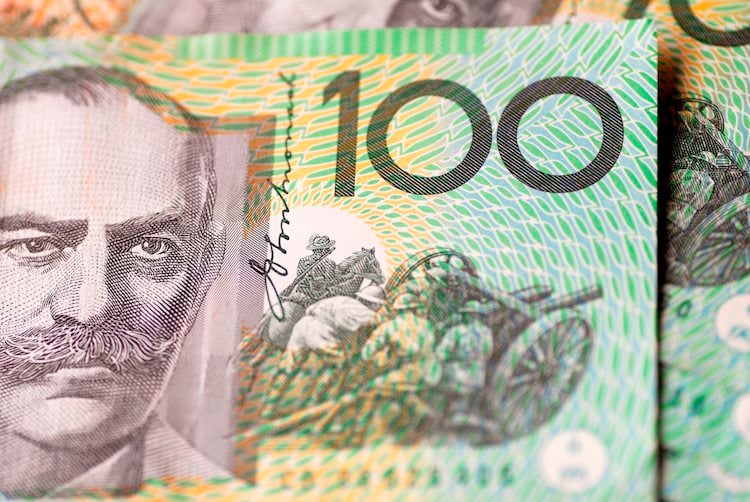- AUD/USD falls as the USD regains strength.
- RBA holds rates steady but remains hawkish, citing inflation risks.
- The Fed’s neutral outlook suggests caution regarding future rate cuts.
The AUD/USD pair declined by 1.25% to 0.6600 on Friday, continuing its downtrend. The renewed strength of the US Dollar weighs on the pair despite improved risk sentiment. However, the hawkish stance of the Reserve Bank of Australia (RBA) and expectations of additional Chinese stimulus could support the Aussie.
The AUD/USD pair experienced volatility amid the recent US presidential election and RBA’s monetary policy stance. Trump’s election victory initially triggered a decline in the Aussie, but the RBA’s hawkish stance stabilized the currency. The RBA’s emphasis on restrictive interest rates and positive signs from China have provided support.
Daily digest market movers: Australian Dollar declines amid renewed US Dollar strength after FOMC meeting
- The Fed acknowledged economic expansion but noted easing labor market conditions and elevated inflation, maintaining a neutral outlook.
- Powell stated that the central bank will continue reducing its balance sheet and follow a data-dependent policy-making approach.
- Earlier in the week, the AUD/USD pair rose after the RBA left interest rates unchanged but signaled a hawkish stance, emphasizing the need for restrictive policy to combat inflationary pressure.
- RBA Governor Michelle Bullock reiterated the necessity of maintaining steady interest rates until the economy moderates more than anticipated.
- As the RBA doesn’t fully embrace cuts, the downside for the AUD/USD might be limited. However, the economic strength on the US is a thing to follow as it might continue pushing the pair down.
AUD/USD technical outlook: AUD/USD turns bearish after failing to capitalize on SMA convergence
The Relative Strength Index (RSI) is at 46, in negative territory, and declining sharply. The Moving Average Convergence Divergence (MACD) is flat and red, suggesting that selling pressure is flat. The overall outlook for the AUD/USD is bearish.
The AUD/USD pair’s failure to surmount the convergence of the 200 and 20-day Simple Moving Averages (SMAs) at approximately 0.6630 signaled a resumption of its downtrend. This technical development led to a decline toward the 0.6600 support level, indicating further bearish momentum. The inability to break above the key resistance at 0.6630 suggests that the pair may continue its downward trajectory in the near term.
Fed FAQs
Monetary policy in the US is shaped by the Federal Reserve (Fed). The Fed has two mandates: to achieve price stability and foster full employment. Its primary tool to achieve these goals is by adjusting interest rates. When prices are rising too quickly and inflation is above the Fed’s 2% target, it raises interest rates, increasing borrowing costs throughout the economy. This results in a stronger US Dollar (USD) as it makes the US a more attractive place for international investors to park their money. When inflation falls below 2% or the Unemployment Rate is too high, the Fed may lower interest rates to encourage borrowing, which weighs on the Greenback.
The Federal Reserve (Fed) holds eight policy meetings a year, where the Federal Open Market Committee (FOMC) assesses economic conditions and makes monetary policy decisions. The FOMC is attended by twelve Fed officials – the seven members of the Board of Governors, the president of the Federal Reserve Bank of New York, and four of the remaining eleven regional Reserve Bank presidents, who serve one-year terms on a rotating basis.
In extreme situations, the Federal Reserve may resort to a policy named Quantitative Easing (QE). QE is the process by which the Fed substantially increases the flow of credit in a stuck financial system. It is a non-standard policy measure used during crises or when inflation is extremely low. It was the Fed’s weapon of choice during the Great Financial Crisis in 2008. It involves the Fed printing more Dollars and using them to buy high grade bonds from financial institutions. QE usually weakens the US Dollar.
Quantitative tightening (QT) is the reverse process of QE, whereby the Federal Reserve stops buying bonds from financial institutions and does not reinvest the principal from the bonds it holds maturing, to purchase new bonds. It is usually positive for the value of the US Dollar.
